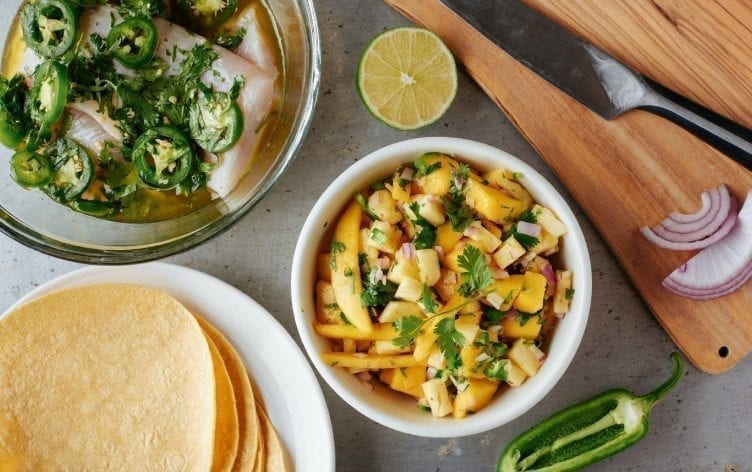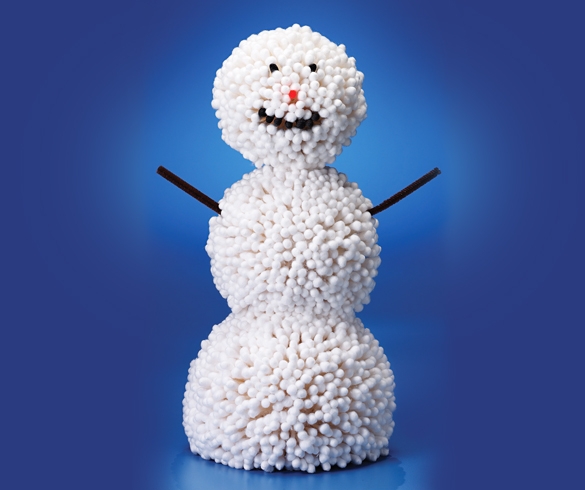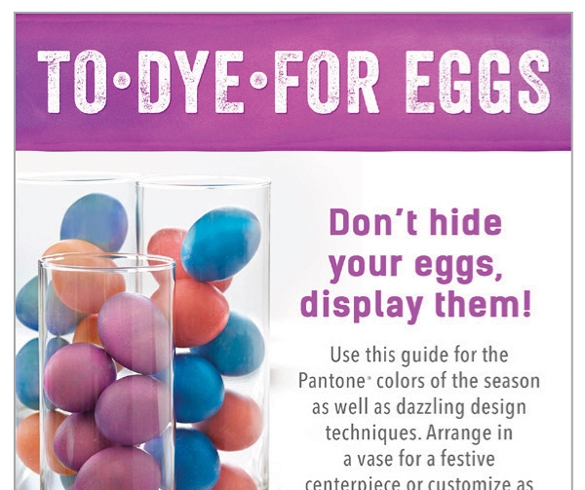

It seems we all know someone who has gone gluten free. And while some have a medical condition and need to avoid gluten, others claim the diet has cleared away brain fog, boosted energy or helped them lose weight. However, the research to back up these claims is thin, if anything, so before you decide to give up gluten, hear what registered dietitians have to say.
1
THERE IS ONLY ONE REASON TO AVOID GLUTEN
“You only need to avoid gluten if you are gluten intolerant,” says Mascha Davis, MPH, RDN. “There is mixed evidence on gluten sensitivity, as many patients who report having this condition do not usually show any immunological response to gluten.” Rather than gluten, the problem may be IBS or other gastrointestinal disorders, so talk to your doctor, who may do a blood test. Keep in mind that about 1% of the population has celiac disease and about 3% has gluten intolerance, Davis notes.
2
MANY FOODS HAVE GLUTEN
Avoiding the protein in wheat, barley, rye and triticale can be challenging, as many foods can have trace amounts of gluten, Davis says. This includes spices, canned soups, beer and vodka, cold cuts, soy and teriyaki sauce, sausages, dairy-free yogurts and creamers, ice cream, energy bars and trail mix, as well as cosmetics, vitamins and medications. This can make your diet very restrictive.
3
IT COULD HELP CLEAN UP YOUR DIET
Because so many processed foods contain gluten, giving it up forces you to cut a lot of less-healthy goods out of your diet — as long as you stay away from the heavily processed gluten-free versions of those foods, says James Beard award-winning food and nutrition author Sidney Fry, RD. (See #4.)
4
GLUTEN-FREE ALTERNATIVES AREN’T NECESSARILY HEALTHY
Anyone who’s been to the grocery store knows there are plenty of gluten-free breads, waffles, cookies and more today. This is great for those with celiac disease, however, these products can be highly processed and often contain added sugar, salt and fat. “Skip the heavily processed foods and aim to eat more foods that are from whole sources and naturally gluten-free,” Fry recommends. “Many foods marketed as gluten-free are more expensive and less healthy than their gluten-containing counterparts.”
5
GLUTEN FREE DOESN’T MEAN GRAIN FREE
There are plenty of grains you can eat if you go gluten free. These include amaranth, quinoa, buckwheat, corn, millet, rice, sorghum, teff, wild rice and some oats. “These are great sources of fiber and should be heavily incorporated into your diet,” Fry says. Just be sure to check the label of oats, as they are often contaminated with wheat during processing, she adds.
6
YOU MAY GAIN WEIGHT
Cutting out gluten isn’t a guaranteed way to lose weight, and you may even put on pounds. “Restricting your favorite foods might result in binging on them later,” Davis says. “You also could gain weight as you increase your intake of fat and protein and exclude the filling whole grains and fiber.” As with any diet, if you are trying to lose weight, you need to be mindful of portions.
7
GOING GLUTEN FREE MAY NOT BE THE CURE YOU’RE SEEKING
“Gluten does not cause inflammation if you aren’t gluten intolerant, and likely has nothing to do with your skin issues, fatigue or lack of weight loss,” Davis says. “These problems can be solved by an overall lifestyle change, not by excluding a nutritious food from your diet.” Talk to a physician or other medical expert first.
8
YOU COULD FEEL WORSE
Rather than eliminating so-called brain fog, giving up gluten may make you feel tired since whole grains are a source of energy, Davis says. Going gluten free may also lead to nutrient deficiencies, as whole grains contain important nutrients including fiber, several B vitamins, iron, magnesium, zinc and selenium, to name a few, she adds.
9
YOU MAY MISS OUT ON HEALTH BENEFITS
The fiber in whole grains helps with digestion and promotes good gut health. “If you go gluten free, make sure to include gluten-free whole grains as well as probiotic-rich foods like yogurt, kefir, kimchi, refrigerated sauerkraut, kombucha and other fermented foods,” Fry says. Whole grains also help control blood sugar and are known to reduce the risk of heart disease as part of a healthy diet, Davis says. Although other foods can provide these benefits, there are more positives than negatives to eating whole grains, as long as you can tolerate gluten.
10
TODAY’S WHEAT ISN’T LOADED WITH GLUTEN
“There’s a myth circulating that today’s wheat has more gluten in it than our ancestor’s wheat. This simply isn’t true,” says Fry, who points to a study published in the Journal of Agricultural Food Chemistry that found no evidence that today’s wheat contains more protein than before.
THE BOTTOM LINE
The gluten-free diet is appropriate for those diagnosed with celiac disease or gluten intolerance. However, “I would not recommend it to somebody without such a diagnosis,” Davis says. “Rather than cutting out gluten altogether, try switching out processed grain products for whole grains.”







